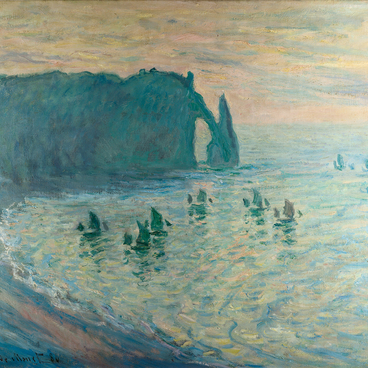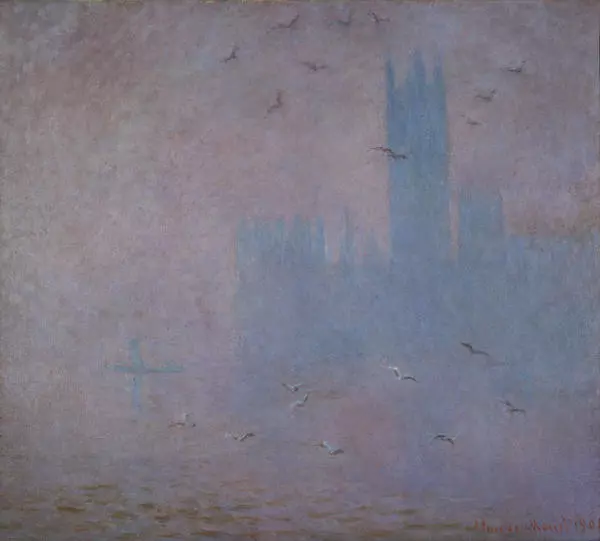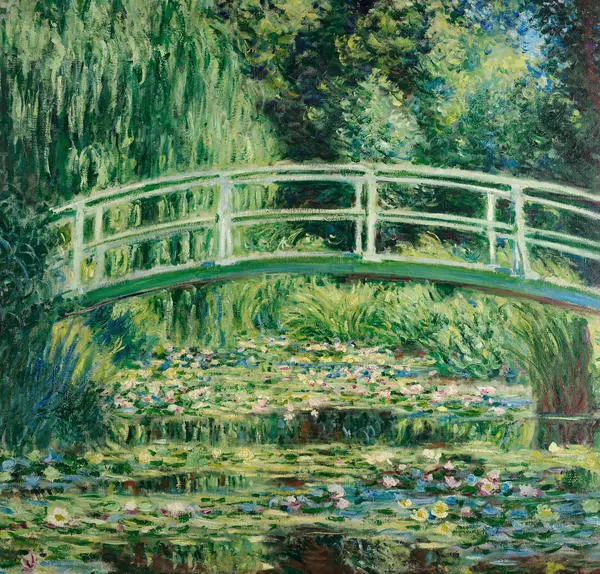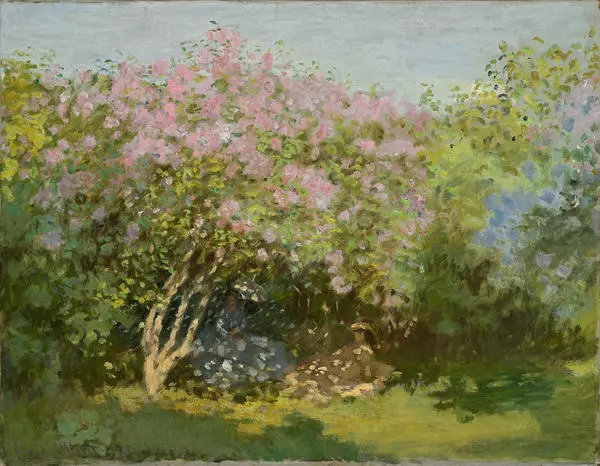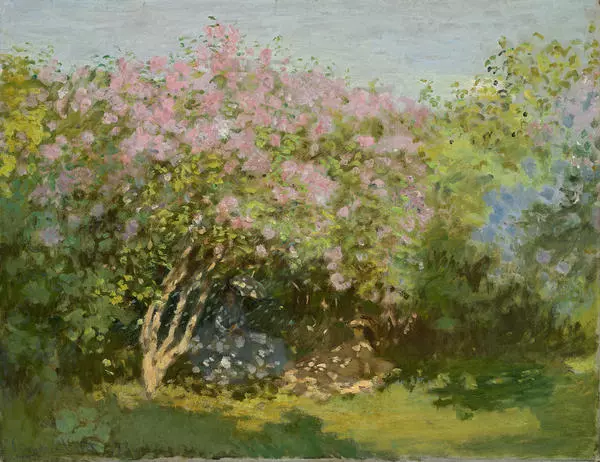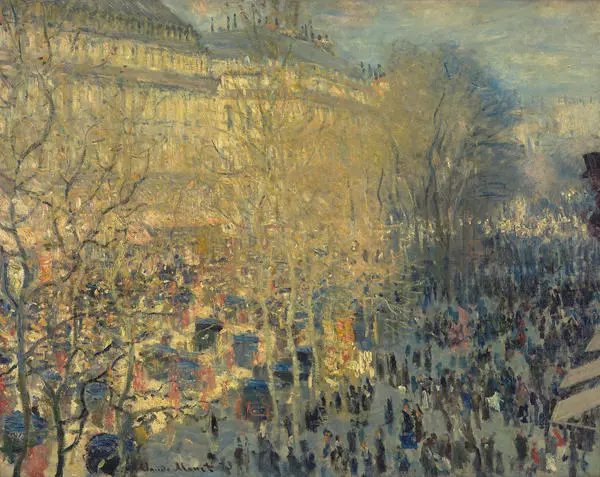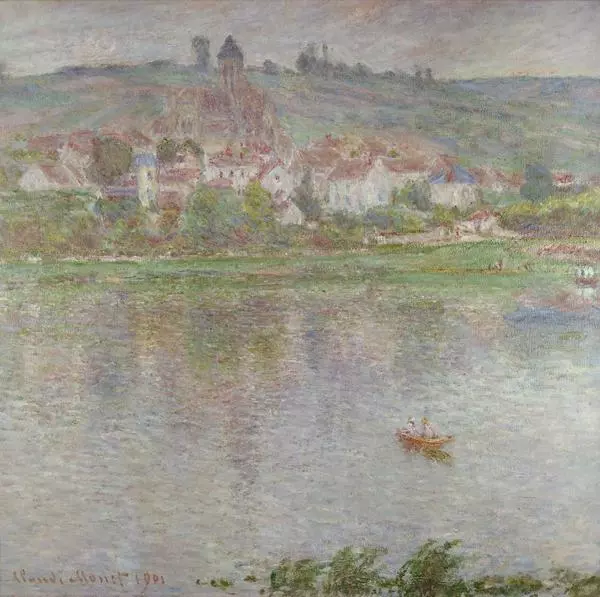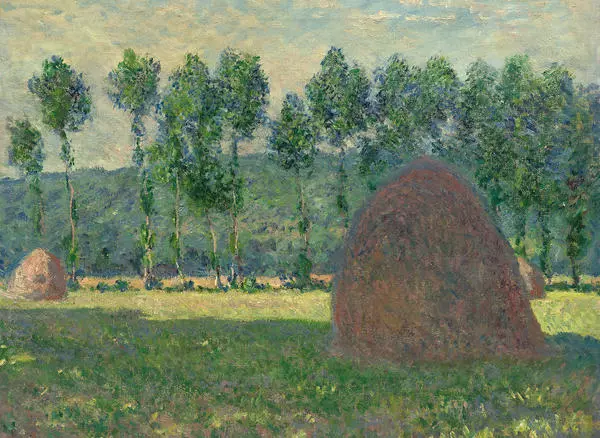The sea in the painting The Rocks of Belle-Ile fills almost the whole composition. Tough brush strokes harshly and energetically convey the effect of water reaching the rocks, the sparkling flecks on its surface, foam, and splashes. The rocks are not so much withstanding the pressure of waves as they are becoming a part of the dynamic play of light and color while sparkling with myriads of hues. As a shapeless mass, water helped Monet stay away from drawing and just work with pure color. Colors here do not belong to objects, but they fully depend on the light. Following the theory of complimentary colors, impressionists tried to use pure tones without mixing. They ignored dull and dark hues, deriving all the richness of painting effects from the optical interaction of pure colors applied next to each other on the canvas.
The Rocks of Belle-Ile
Creation period
1886
Dimensions
65x81 cm
65х81
65х81
Technique
oil on canvas
Collection
Exhibition
24
Open in app#1

Claude Monet
The Rocks of Belle-Ile (The Pyramids of Port Coton)
#2
read morehide
00:00
00:00
1x
The Rocks of Belle-Ile
Creation period
1886
Dimensions
65x81 cm
65х81
65х81
Technique
oil on canvas
Collection
Exhibition
24
Open in app
Share


